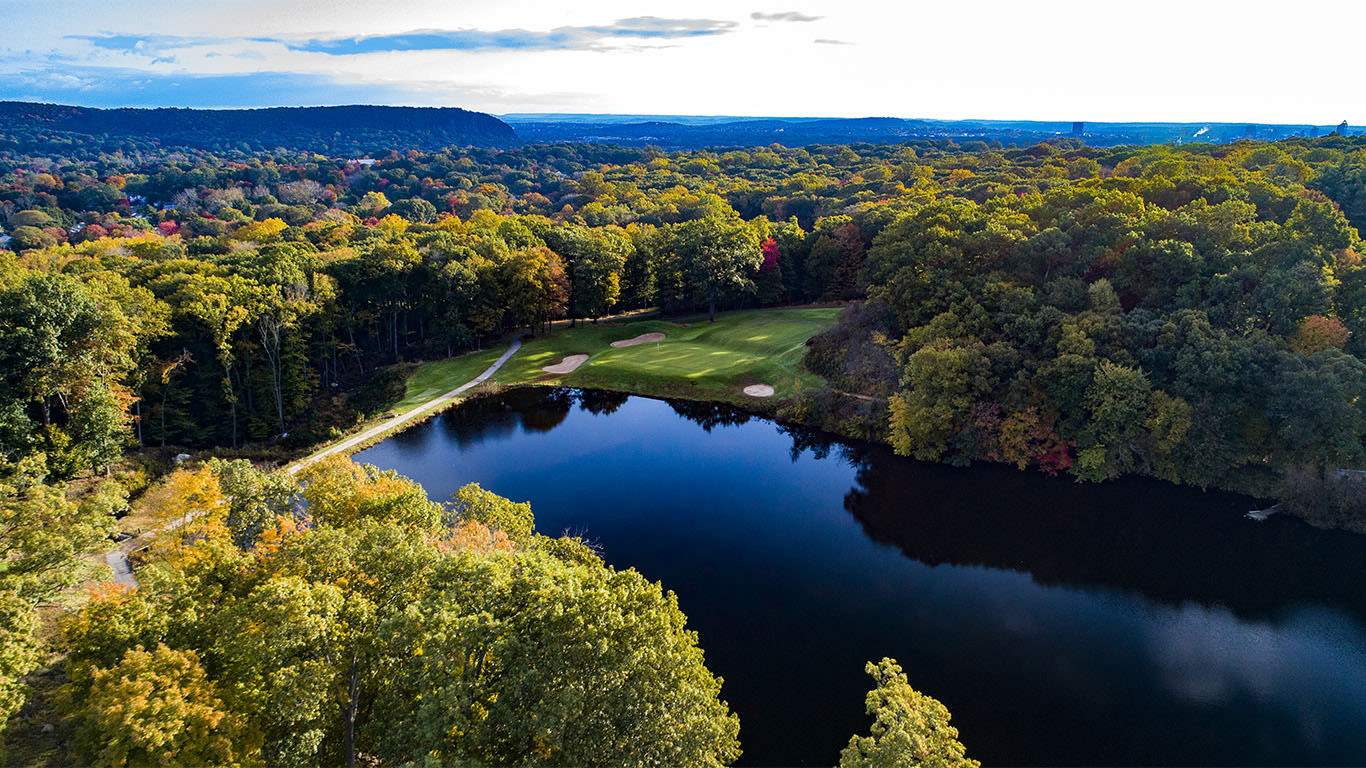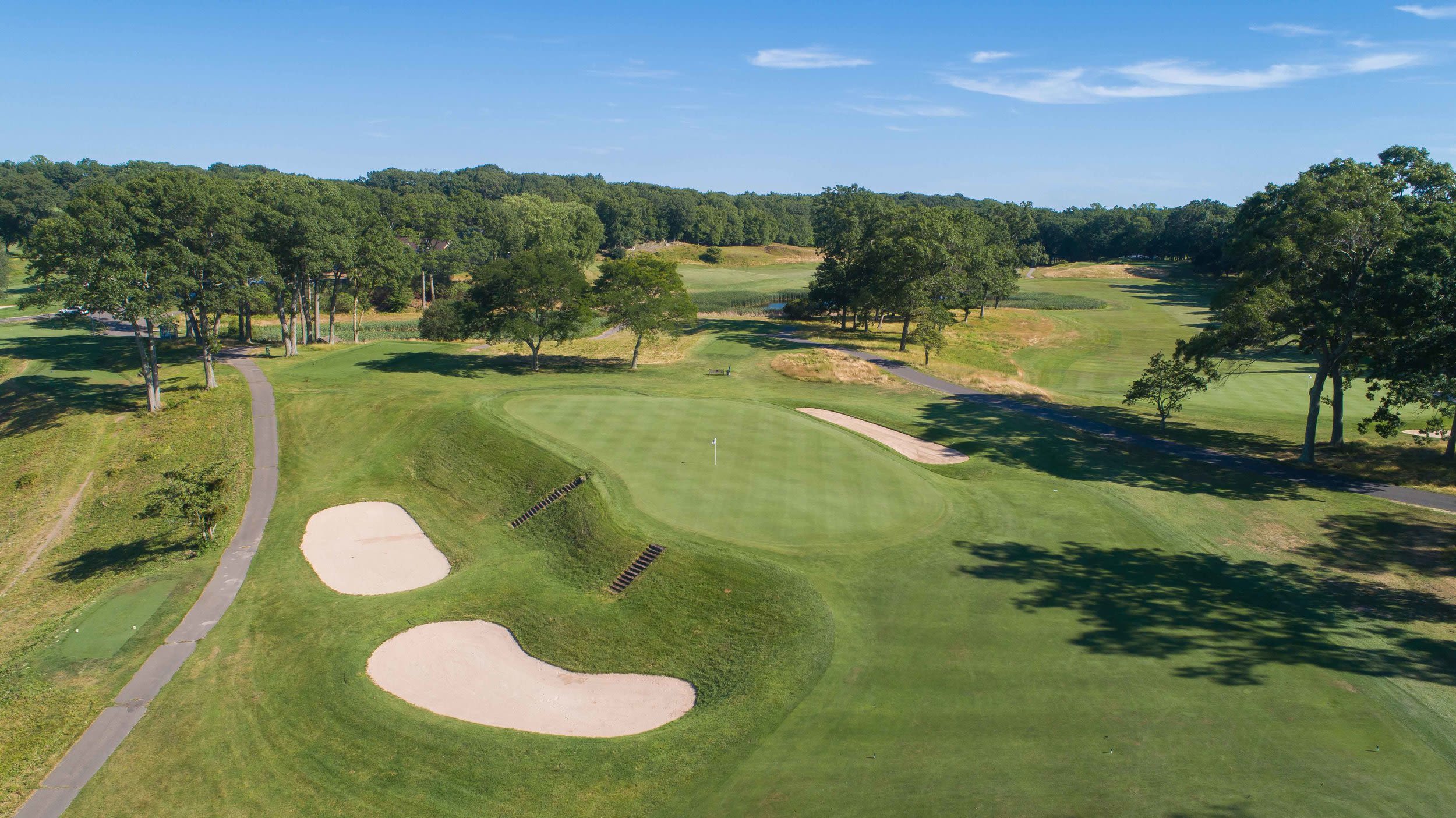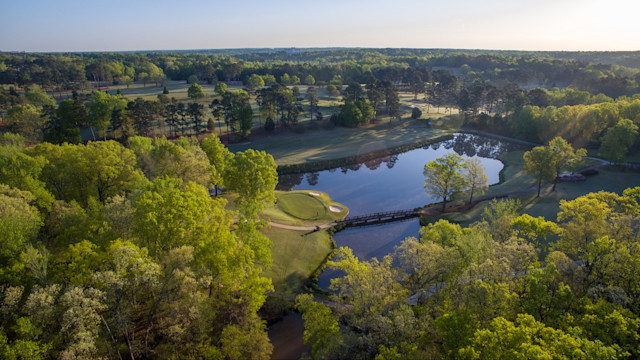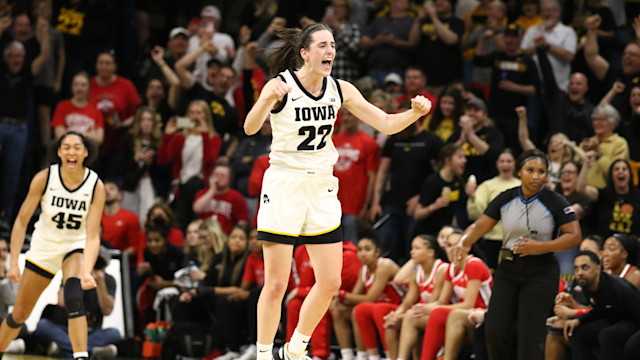Course Spotlight
March Madness: The Top 5 University Golf Courses
Published on

Yale Golf Course.(Andy Johnson/Fried Egg Golf)
March Madness is here and college basketball is delivering yet again on an amazing opening weekend of games.
Believe it or not, a lot of the universities and colleges in the tournament also have golf courses on campus — some of which are the best in the country.
We asked PGA of America Golf Professional Jimmy Wisinski, the Director of Instruction at Kent Country Club in Michigan, to give us his top five. Wisinski is an avid Michigan Wolverines fan, but that didn't sway his rankings. Take a look below, including the No. 1 spot that belongs to March Madness' latest Cinderella story school.
1. Yale Golf Course

(Photo by Patrick Koenig)
The top spot belongs to a special course in New Haven, Connecticut, with arguably the most famous co-designers on this list. Yale Golf Course was built on a budget of $400,000 by acclaimed architects Charles Blair (C.B.) Macdonald and Seth Raynor. It opened for play in 1926 and is lauded for its large greens, rolling fairways and deep, wide bunkers. The course will soon be restored by Gil Hanse back to its original Macdonald-Raynor bones, and could become one of the most iconic courses in the country. For now, it's a treasure on one of America's most prestigious campuses.
2. Stanford Golf Course

(Photo courtesy of Stanford University)
Not far behind Yale in prestige is Stanford University in Northern California, which has a formidable course of its own and is home to some of the best college players ever seen in Tiger Woods, Tom Watson, Mickey Wright and Rose Zhang. The Stanford Golf Course, like Yale, opened in the Golden Age of golf architecture in 1930 and carries a powerhouse duo of George C. Thomas (Riviera and Los Angeles C.C. designer) and Billy Bell Jr. (Bel-Air designer) as architects. The course is below Stanford's scenic foothills and is framed by majestic oaks. From the elevated 18th tee, golfers can see San Francisco 30 miles north.
3. University of Michigan Golf Course

(Photo courtesy of University of Michigan)
Perhaps the closest golf course on this list to a football stadium, University of Michigan Golf Course in Ann Arbor, Michigan, just outside Detroit sits on the doorstep of the "Big House," where the reigning college football champions play each fall. Not only is its proximity to campus a unique aspect, but the course also boasts one of golf's most famous architects as its builder: Alister MacKenzie. The designer of Augusta National built the University of Michigan Golf Course at the request of former Michigan Athletic Director Fielding Yost, and created a gem. Michigan graduate Arthur Hills restored the course in the 1990s, and its views of campus, MacKenkzie-style bunkers and unique layout make it a must-play.
4. Warren Golf Course at Notre Dame

(Photo courtesy of University of Notre Dame)
The Warren Golf Course at Notre Dame, on the iconic campus in South Bend, Indiana, is the newest course on this list, opening in 1999 and was designed by Bill Coore and Ben Crenshaw as a classic links design. Undulating greens, native grasses and square tee boxes dot the entire course, which hosted the 2019 U.S. Senior Open won by Steve Stricker. Warren also offers incredible value with walking weekend tee times under $85, twilight under $60 and junior rates even lower.
5. Duke University Golf Club

(Photo courtesy of Duke University)
Known for its talented college basketball teams, Duke University in Durham, North Carolina also has a fantastic golf course on its campus. Designed by Robert Trent Jones Sr. and opening in 1957, the Duke University Golf Club is on an excellent piece of property that creates a mildly rolling terrain with unusual elevation changes — in a similar vein to nearby Pinehurst and Mid-Pines. Jones' eldest son Rees Jones came in for a redesign of tees and greens complexes, plus re-grassing, in the '90s, but left his father's work largely the same. As Trent Jones Sr says, "the golf holes were on the ground, just lying there, waiting to be grassed over."



